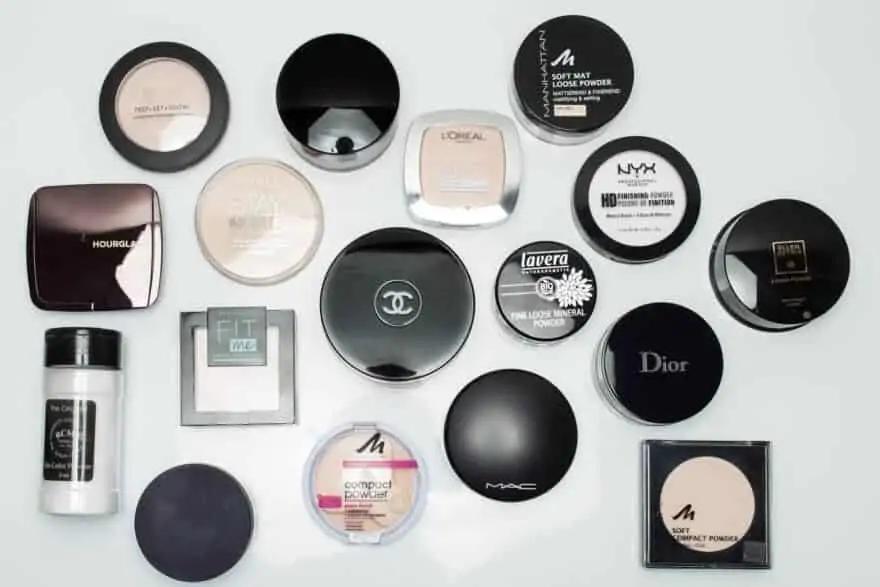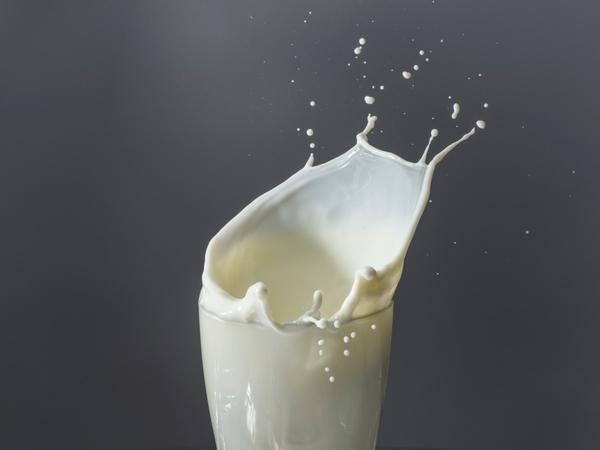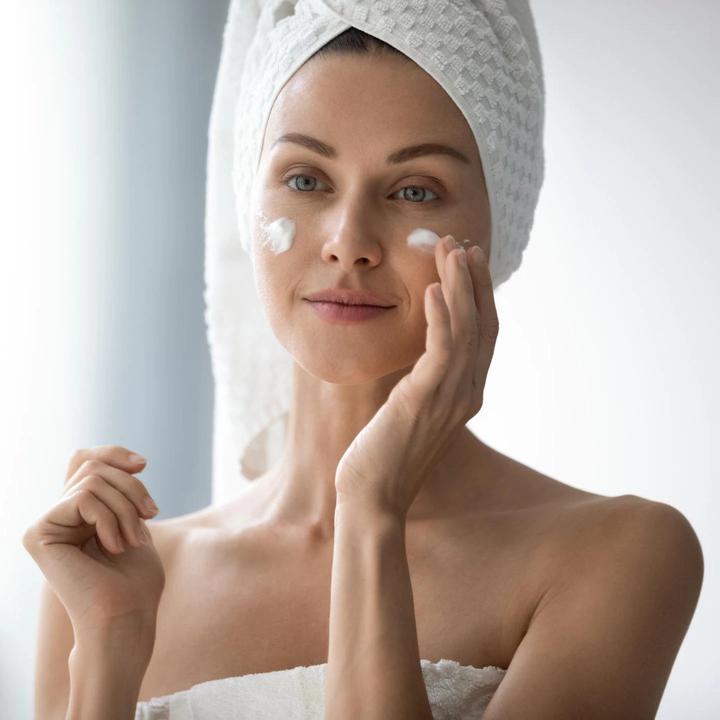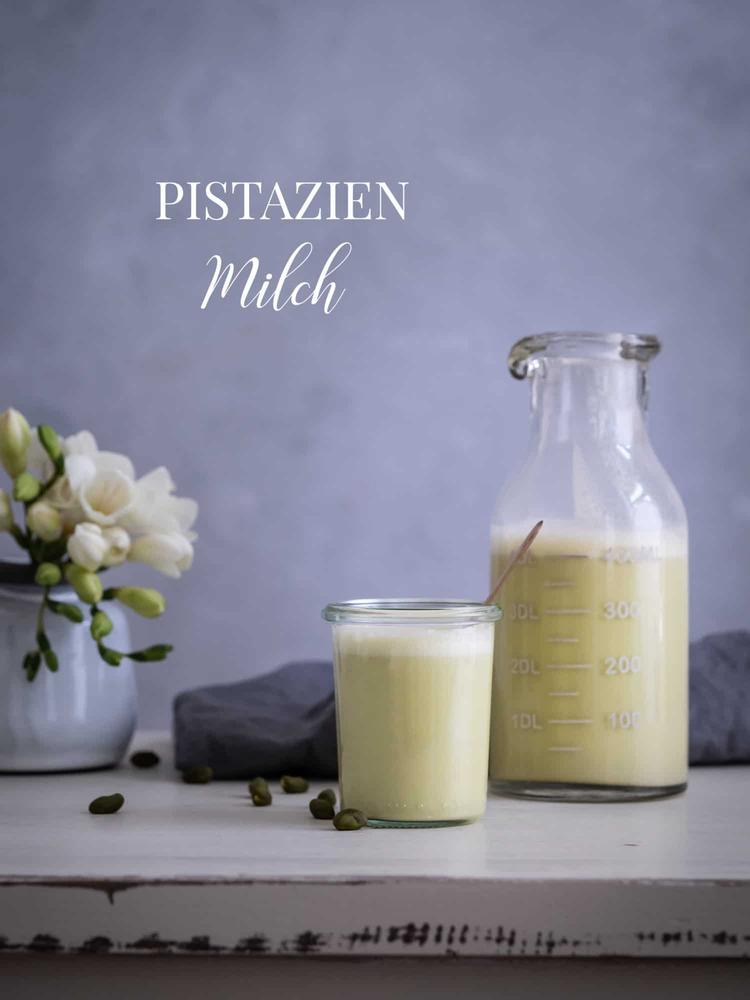
Loose powder or pressed powder - what's the difference?
Sure, the difference between loose and pressed powder is obvious at first glance: their consistency. But the two powder forms differ in other ways. They also have different ingredients. In order to produce a solid powder, i.e. a compact powder, certain ingredients must be present, because not all ingredients of a loose mineral powder can also be pressed. A compact powder makes it easier to dose, which is why it is particularly suitable for dry areas of the face. With the right technique, however, you can use any powder for any skin type:
- Dry skin: compact powders are particularly easy to dose, making them suitable for dry areas of the face. If you dust loose powder onto your skin with a brush, you can apply it to specific areas.
- Oily or oily skin: If your skin is producing more sebum, you may benefit from applying loose powder to your skin with a brush and using a little more product than necessary. Wait a few minutes and use a brush to remove the excess powder. This also absorbs the excess oil on your skin. This process is called "baking" and is usually done with a lighter powder than your natural skin tone.
These are the pros and cons of loose and pressed powders:
loose powder
+ Easy to distribute
+ Ensures an even complexion

- Lower opacity
- Can often not be applied without spreading it in the room
Pressed Powder
+ High opacity
+ Good for on the go, as mirrors and sponges are often integrated
- May appear blotchy on oily skin
Tinted powder or colorless?
You may have noticed by now, but there are both tinted makeup powders and colorless white powders on the market. Components intended to absorb oil sheen are mostly colorless. With particularly light skin, these white powder components are hardly noticeable on the face. With darker facial tones, however, white powder would usually leave a light veil on the skin, which can quickly make the look look unnatural. In order to circumvent this problem, many mineral powders now contain the ingredient silica, which is an additional filler that also has a matting effect. However, this effect usually does not last as long as with powders that contain conventional talc.
If you not only want to use a powder to absorb excess sebum, but also to conceal small imperfections, you will not achieve the desired effect with a colorless powder. However, color pigments also allow make-up to show on the face throughout the day. Because the color can mix with the sebum and collect in pores and lines - and this effect increases the more heavy powder bases are contained in the product. So at the end of the day, your makeup can show through and feel like a second layer on your skin. This is also known as "cakey".
In addition, small light-reflecting particles are often added to the mineral powder. This ensures that the complexion has a slight shine, which makes the look more natural - shimmering particles also scatter the light and can thus conceal bumps and pale areas.







